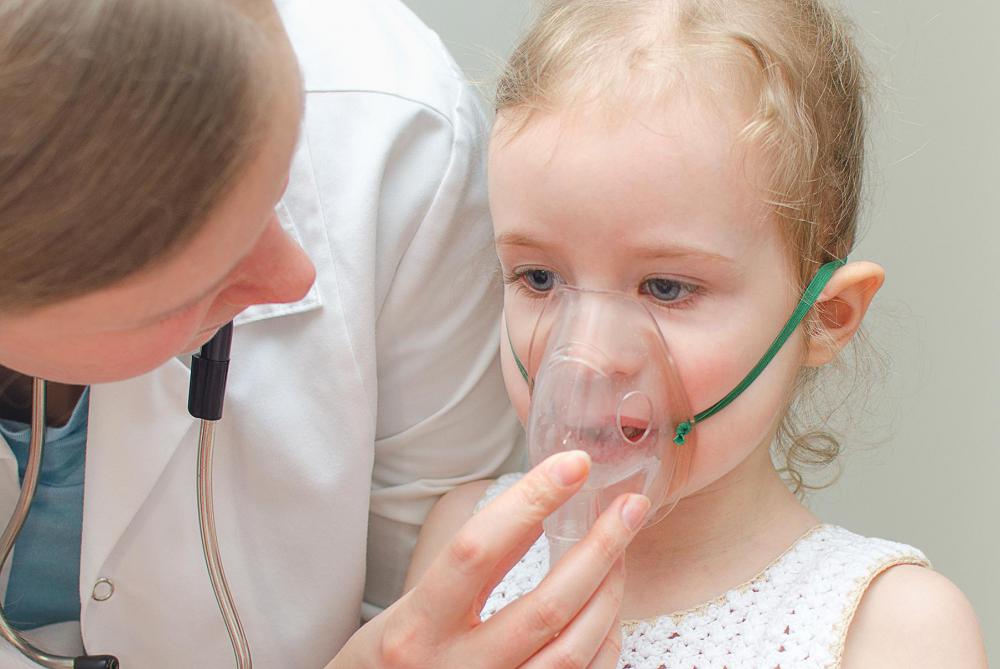At WiseGEEK, we're committed to delivering accurate, trustworthy information. Our expert-authored content is rigorously fact-checked and sourced from credible authorities. Discover how we uphold the highest standards in providing you with reliable knowledge.
What is Peak Expiratory Flow Rate?
Peak expiratory flow rate indicates how capable the lungs are of passing air through the body. The flow is tested by measuring the force with which a person is able to exhale air. This test is commonly used for individuals suffering with asthma, although it’s also used for other respiratory ailments, such as bronchitis. Readings are obtained using peak expiratory flow rate meters, or peak flow meters.
Results from a peak expiratory flow rate are used by medical experts in deciding whether a respiratory problem should be treated and, if so, how. The test is generally performed frequently and over a long period of time, to better track a patient's progress. Patients don't only check peak expiratory flow rates while at the doctor's office, but can do so regularly from home as a way to self-manage their condition.
A peak flow meter is a simple, hand-held device that features a mouthpiece and a scale to measure force of exhalation. When a user blows forcefully into the mouthpiece, he or she generates a peak expiratory flow (PEF) reading on the scale.

There are a variety of flow meter designs that use different methods to obtain PEF readings. Some have plastic indicators that are moved up a scale when blown into, while others generate electronic readings. Not all flow meters use the same scale, however. Up until 2004, the Wright scale was in standard use, but since that time, the newer European (EU) scale has steadily become the industry standard. There is also the lesser-used American Thoracic Society (ATS) Scale. There are methods to convert readings for patients who switch from one scale to another.

Due to the wide variety available, one peak flow meter may not give the same reading as another. This is why patients should use the same meter each time to get a consistent peak expiratory flow rate reading. Another method of maintaining consistent readings is to keep a peak flow diary. Asthma peak flow diaries are generally available for purchase to help the user track readings over a period of time.

Based on peak expiratory flow rates, doctors are better able to prescribe the proper amount of medication to alleviate respiratory problems. When used in self-management, these readings can assist a patient in deciding whether to increase or decrease medication. For example, an asthma sufferer with improved peak flow readings may decide to decrease the amount of times per day that he or she uses a steroid inhaler.
AS FEATURED ON:
AS FEATURED ON:














Discuss this Article
Post your comments